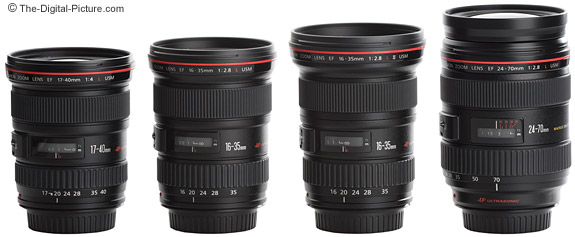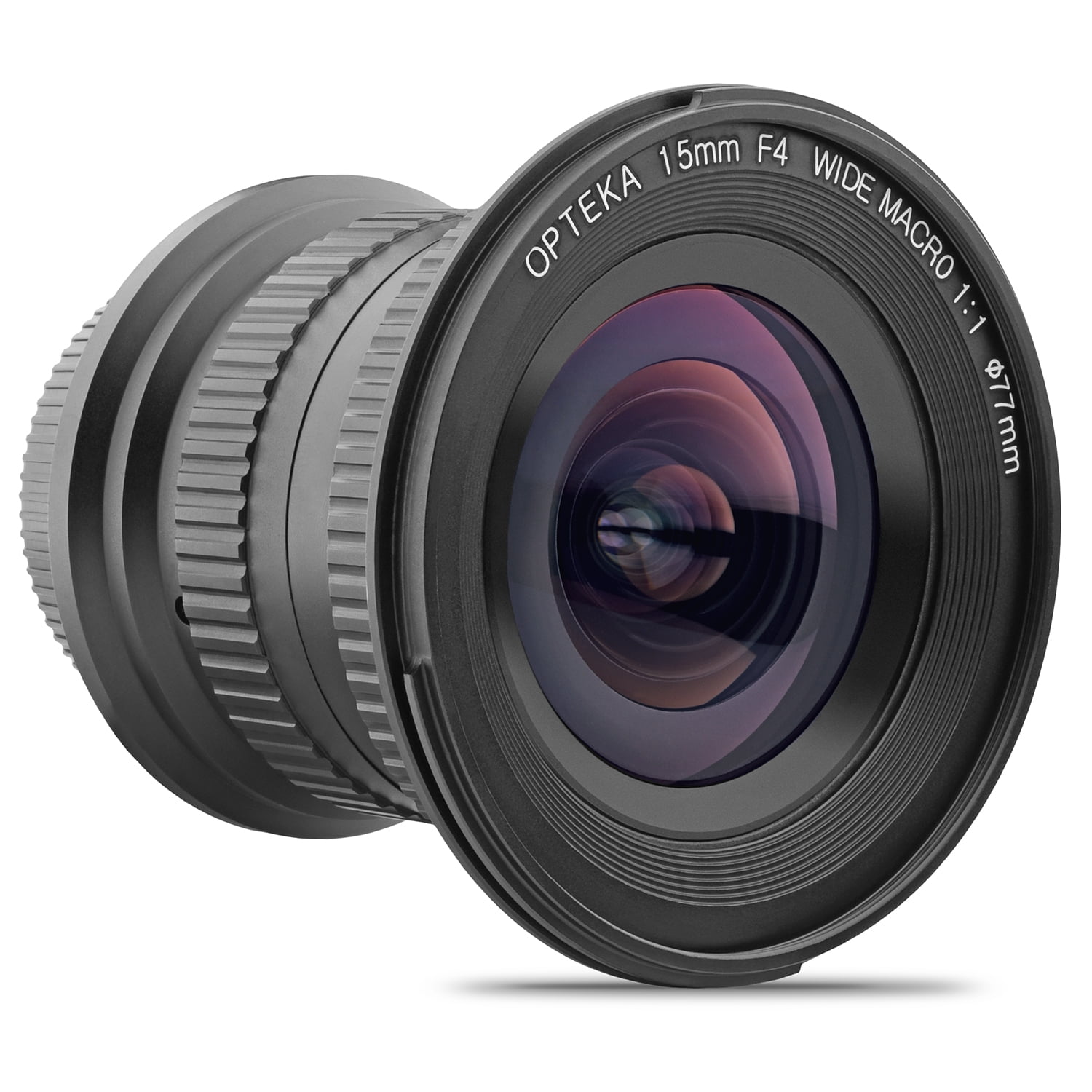

Lenses with a focal length of 70-300mm are generally considered the most versatile ones. A lens can either have a fixed focal length (such models are called “primes” and can be 14mm, 24mm, 35mm, 50mm, 70mm, 100mm, 150mm, and so on) or a variable one (for instance, 10-20mm, 24-70mm, 70-200mm, etc.). This term is used to describe the zoom value of a lens in millimeters. The focal length is among the first characteristics you have to think about when picking a lens for your Canon camera. The Focal Length or which Focal Length to Choose for my Lens?


If a lens has a single focal length value, like a 50mm lens for Canon, then it’s a prime model that doesn't have any zoom at all but can provide better sharpness, depth of field, and light transmission. For that, you have to look at the focal length.ĭue to their nature, point-and-shoot cameras are typically advertised by their zoom value, while DSLRs and mirrorless lenses are marketed based on their focal length. While zoom is a useful characteristic for describing the flexibility of a lens, it doesn’t help understand how much reach you have. The zoom value, such as 5x, only describes the range from the broadest to the narrowest view angle of a specific lens. Zoom is frequently mistaken with how close a lens can capture the subject. A camera that can be paired with multiple lenses is typically supplied with a bigger sensor that can produce higher quality photos compared to smaller cameras.However, a big sensor demands an equally big lens, which is why compact cameras offer insane zoom ranges while bigger models need several lenses to support the same range. Ordinarily, the max zoom value of interchangeable lenses is 10x, but there’s a noticeable difference in how DSLR, mirrorless, and point-and-shoot models approach this aspect. For instance, you can’t connect a Nikon mirrorless lens to a DSLR. There are situations when two or more brands release a compatible mount (Panasonic's and Olympus' Micro Four Thirds, and Panasonic's, Leica's, and Sigma's L-mount being the best examples), but in most cases, you can’t attach a lens to any camera you want. For instance, Nikon and Canon DSLR cameras employ incompatible lens mounts. Whenever you purchase a camera that can be paired with various lenses, you’re establishing a connection with the camera’s manufacturer and the lenses that are compatible with it. All models that have a lower focal length are wide-angle, while bigger focal lengths are classified as telephoto. If we’re talking about the 135 format, then a normal lens is 50mm. Such a product attempts to capture the scene in the same way we see it with our eyes (in terms of distance and magnification). The middle ground between a wide-angle and a telephoto model is referred to as a normal lens. Such lenses also are more prone to distortions, as straight lines start to curve at the edges of the frame. Wide-angle lenses create a false impression of what is near and far, and it can cause the illusion of the model having a large nose and sunken eyes. On the flipside, such optics aren’t well-suited for taking portraits. They offer both terrific brightness and depth of field and are ordinarily smaller and more lightweight compared to telephoto lenses. Meanwhile, wide-angle models are a terrific fit for landscape photography, as they allow you to capture more of the scenery in the frame. Such models are also typically bigger than wide-angle lenses. As for the downsides, telephoto lenses have less brightness and are more susceptible to unwanted blur if there’s noticeable camera shake. A telephoto model is also useful for creating a blurry backdrop since it has a smaller depth of field compared to its wide-angle counterpart. A telephoto lens is great for bringing distant subjects closer and is the recommended type for taking portraits since they help maintain the facial proportions, which can be difficult with a wide-angle lens. This characteristic is described in millimeters and allows you to determine if a particular lens is a wide-angle or telephoto model.īoth types have their fair share of upsides and downsides. The focal length is a crucial aspect of any lens.


 0 kommentar(er)
0 kommentar(er)
